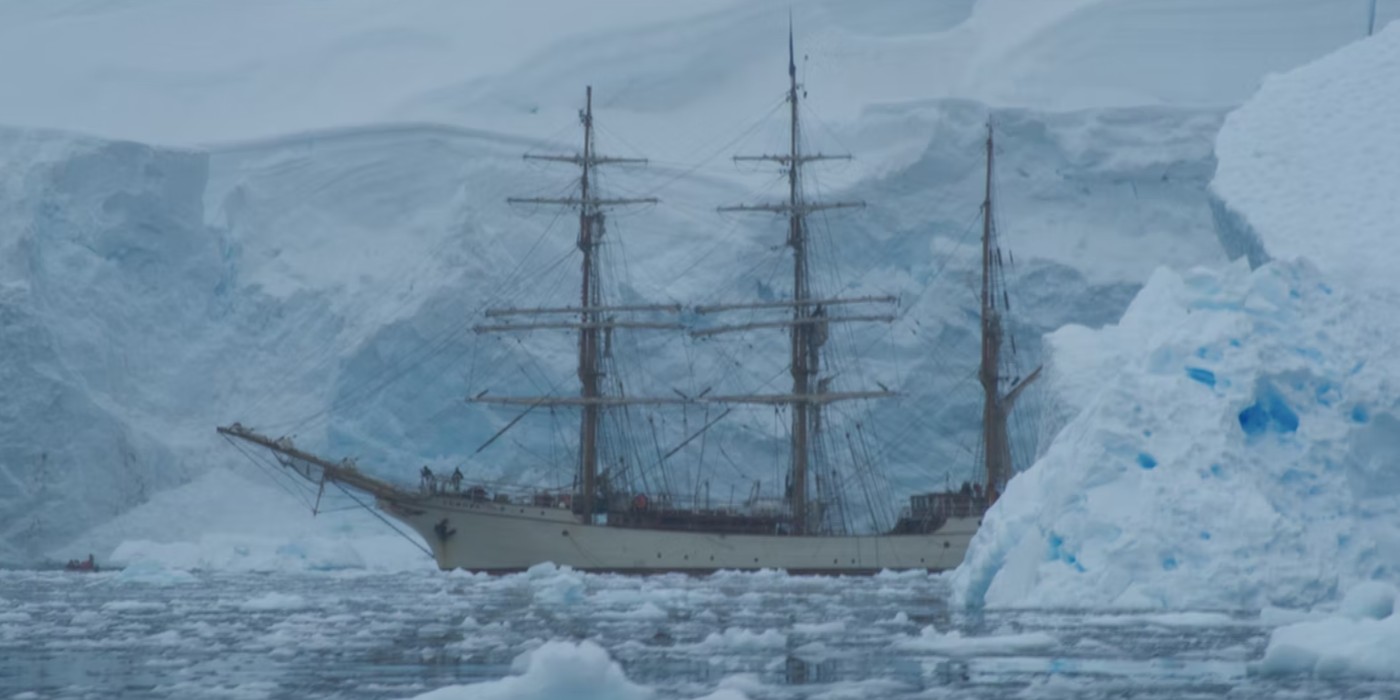

These real-life human perspectives color the story, move it forward, and lend credibility to an extreme tale that could otherwise pass for fiction. It shows in the nuanced descriptions of the men and their personalities, opinions, emotions, and relationships. According to his publisher, Lansing consulted with ten of the surviving expedition members and gained access to diaries and personal accounts by eight others. But Lansing's narrative stands apart for the sheer amount of research involved in piecing it together. Shackleton and at least four of his crew members published accounts of the voyage upon returning home, and there's been a steady flow of literature since. Alfred Lansing wasn't the only one to chronicle the Endurance adventure. When he does, he finds his entire party still alive, concluding one of the most incredible survival stories of all time. Another four months pass before Shackleton can access it by rescue ship. By this time winter has set in, surrounding Elephant Island in ice. Through more ice and snow, this too they survive - barely.

The 800-mile journey succeeds against all odds, but lands them on the uninhabited side of the mountainous island, necessitating the first overland trek ever to the other side. Consequently, Shackleton sets off with five of his men in the lifeboat James Caird for South Georgia Island to bring relief. They are on land for the first time in 497 days but the isolated frozen crag offers no hope of passing ships or rescue. In the face of relentless hardship and weather, the team, still miraculously intact, reaches tiny Elephant Island in the sub-Antarctic Ocean. Months later as the ice breaks up, they take to three lifeboats which they'd mercifully salvaged from their ship before it sank. Denied of even reaching land, the Endurance crew quickly shift their sights to surviving atop drifting ice floes. The stranded party, we learn, is Shackleton's Imperial Trans-Antarctic Expedition of 1914–17 (better known as the Endurance Expedition) whose initial objective was to attempt the first land crossing of Antarctica. A brief synopsis, spoiler and all: Lansing's story opens with a ship's demise in the frozen Weddell Sea its crew of 28 evacuate onto the pack ice that is crushing their vessel. Still in print, it's perhaps the most popular book about Shackleton ever written.

Most recently I read Alfred Lansing's Endurance: Shackleton's Incredible Voyage which became a bestseller on its publication in 1959. So I've been reading more about him (and by him) to gain insight into his legendary status in history. Ernest Shackleton is a central figure to my Long View Project which draws heavily on his Nimrod Expedition at Cape Royds.


 0 kommentar(er)
0 kommentar(er)
